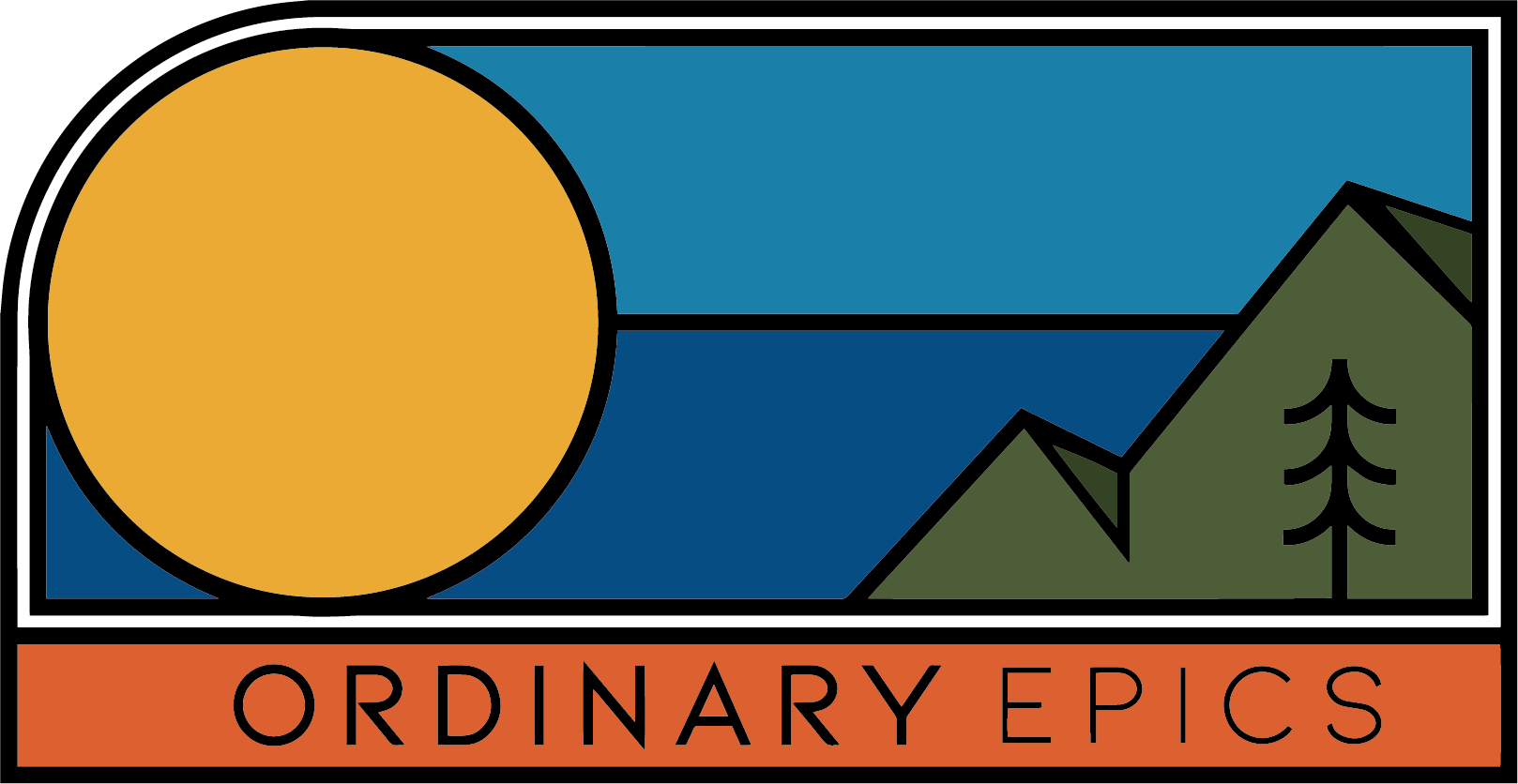AZTR Pack List - Sleep Kit
For anyone that has gotten into long format racing understands the importance of having a very dialed kit. There are many factors to this including:
- Weight - The scale is your friend when it comes to making decisions about what stays and what goes. Grams add up to pounds but gear gets exponentially more expensive as the weight drops. Personal budget and personal comfort play a big part into this equation. Do you need three pairs of gloves for different conditions or can you get away with two? Do you need a toothbrush and toothpaste? All personal decisions that affect the overall weight of your rig. Just remember that you have to pedal those pounds up climb after climb.
- Balance - Handlebar bags, seat bags, frame bags.....oh my! The cool thing about rolling up to the start of a bikepacking race is that every single bike looks and is set up differently. I personally like to keep as much of my weight low in a frame bag (EG - water is heavy) and most of the weight tipped towards the rear of the bike to improve descending performance.
- Location - Always put everything in the same place. Again.....always put everything in the same place. Get in a good routine when you are setting your bike up and you will never guess where you stuck that wool beanie or headlamp. You will conserve so much time and stress if you start to develop muscle memory around locating gear while on the bike.
The sleep kit I am rolling is a bit different for the Arizona Trail Race than other races I have done like TNGA or Stagecoach given the length of the race and the wildly swinging conditions. Previous routes I have done were relatively short finishing in three days or less. You can push pretty deep into lack of sleep or comfort for a couple of days. AZTR is a different beast. I am shooting for a 8-10 day finish which I believe will require quality albeit short sleeps every night to finish the route.
I am using my good old Pika seat bag to pack my sleep kit. This is the smaller of the two seat bags made by Revelate and it is just the right size for my gear on this trip.
Weighing in at just over 6 lbs fully loaded it is a very dense pack. The little pocket on top is what Revelate calls their Sprocket. It is a nice little mesh bag where I keep my Spot tracker and my plastic baggie with cash & credit cards. I have read countless stories where people have lost their Spots and this give me some peace of mind knowing that it is secure and I can see those little blinky lights. It is also in a good position to get satellite reception.
Inside there is just a bit more than just my sleep kit. Bottom to top the pack goes like this:
- First aid kit - Pretty minimal. Bandaids, moleskin, paracord & quickclot.
- 2x 29er tubes with removable cores.
- Thin lined running shorts and a Craft base layer. I really like having a light pair of shorts to sleep in and the base layer probably won't make it's way out till the North Rim.
- Cuben stuff sack with sleep kit.
- Alpkit down jacket.
Inside that waterproof cuben bag you will find:
- Mountain Laurel Designs Superlight Bivy. I really love this bag. Super lightweight (7.5oz), fairly breathable, water resistant (NOT waterproof), dries really fast and has a little shock cord that you can tie up to keep the bivy off your face. The other cool thing is that the owner Ron Bell is happy to customize your bag to your liking.
- Klymit Intertia Ozone pad. Blows up in 5 breaths, super comfortable for a side sleeper and a built in pillow. I have tried a few different inflatable pads and I sleep like a rock on this thing. It is also very affordable compared to other nice pads.
- Zpaks 30F down bag. I actually just picked this bag up to stay warm for the AZT. This past weekend I slept in it on an overnighter and stayed toasty wearing just those thin running shorts and a base layer. Pretty sure you could easily sleep down to 20F adding a few layers or clothes.
That is a LOT of stuff in a pretty small bag. I have unpacked and repacked this kit and haven't had a problem piecing it all together. Note that as I mentioned above.....location is key. The order of the gear going into the bag is well thought out. My down jacket will go in last on the top of the bag. That is to make it easy to get to if things get cold. I will also have a secondary location to stuff this jacket in my Wingnut pack. Next is the sleep kit. When I get into camp this will be the first thing that comes out and gets setup letting the down feathers fluff up a bit. Next is that baggie with my shorts and baselayer. I will get into those clothes after my sleep kit is setup. The first aid kit and tubes go into the nose of the bag in hopes that they will never come out.
Next week I will break apart the Rouge Panda Oracle downtube bag that I stash all of my fix kit into. Thanks for reading along. Let me know if you have any questions or suggestions!





